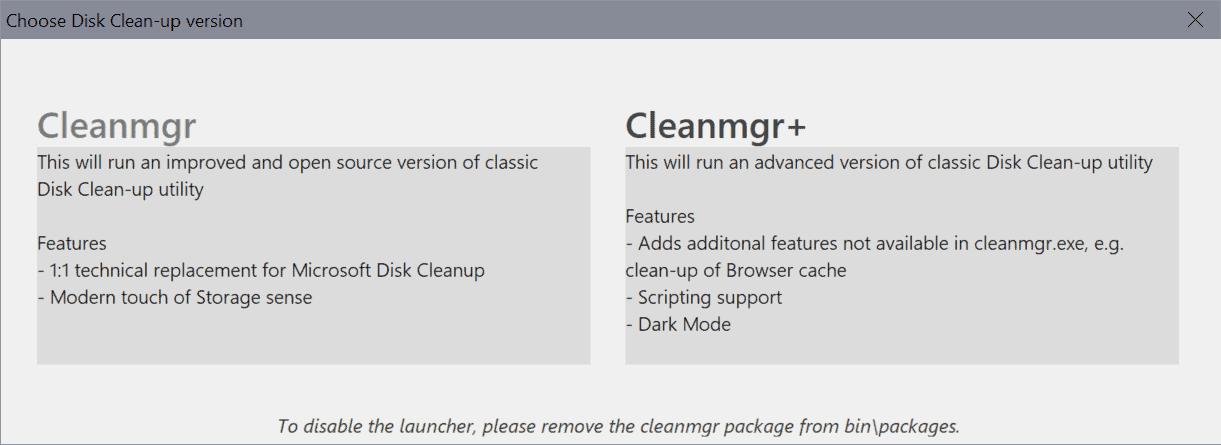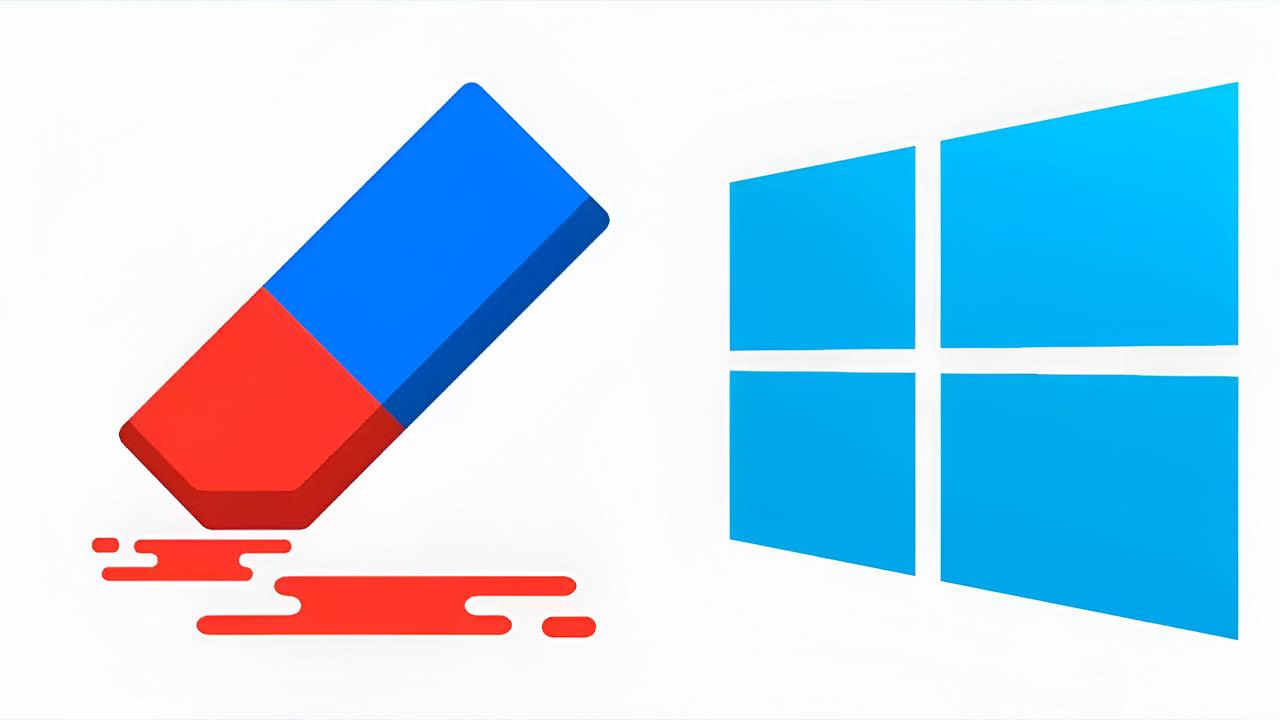- Cleanmgr allows you to clean Temporary files, caches and residues of Windows in a safe way.
- It is possible to customize and schedule cleanings using line modifiers. commands.
- Regular cleaning with cleanmgr improves performance and extends the life of your equipment.
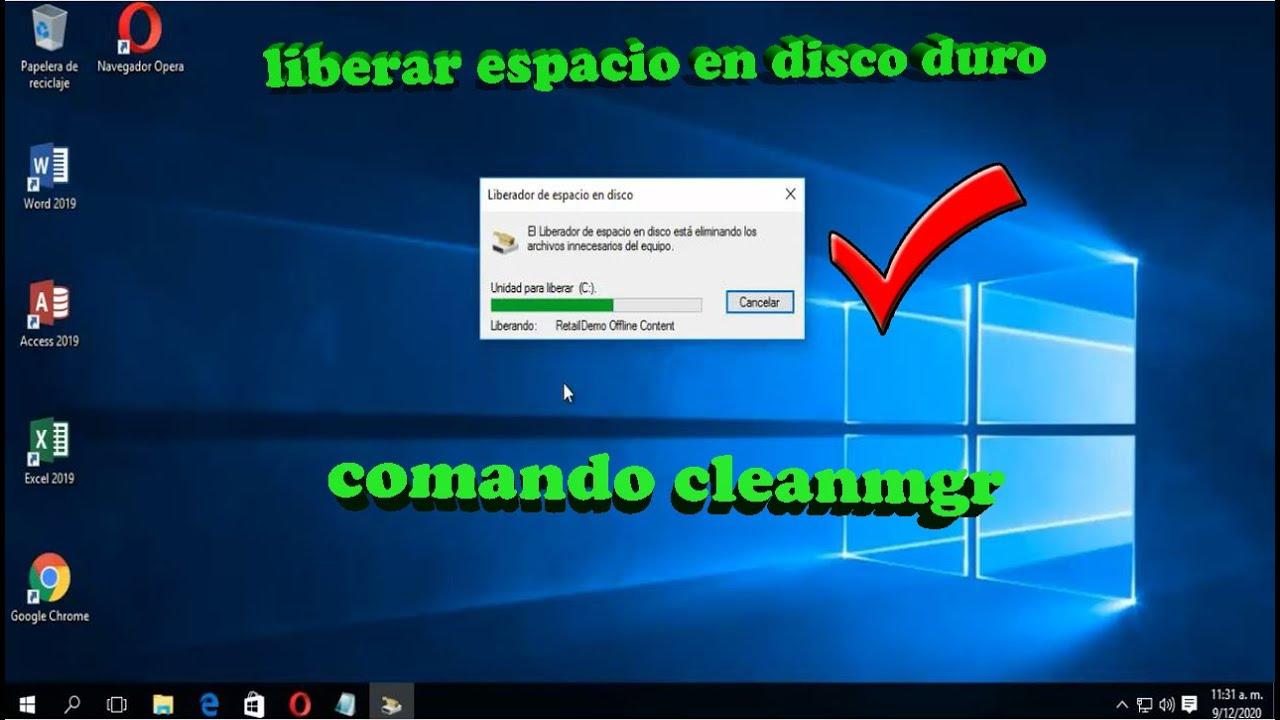
Have you ever felt like your Windows computer is running slower than usual or you just run out of disk space at the most inopportune times? Maintain the space of storage Properly managed, it's essential to enjoy a smooth, stable system and avoid the hassles caused by the accumulation of unnecessary files. Fortunately, Windows has included a very useful yet little-known tool for generations: cleanmgr.exe o Disk Cleanup, which allows you to quickly clean the system of temporary and junk files, both manually and automatically using different options.
In this article, you'll discover, explained in detail and step by step, how to get the most out of cleanmgr on any version of Windows. You will see from the main commands and lesser-known parameters, what file types You can delete without fear, how to schedule automatic cleanups, server variants, and extra tips to keep your PC optimized. If you're looking for a complete and practical guide to freeing up space and extending the life of your computer, this is the place for you.
What is cleanmgr and what is it used for?
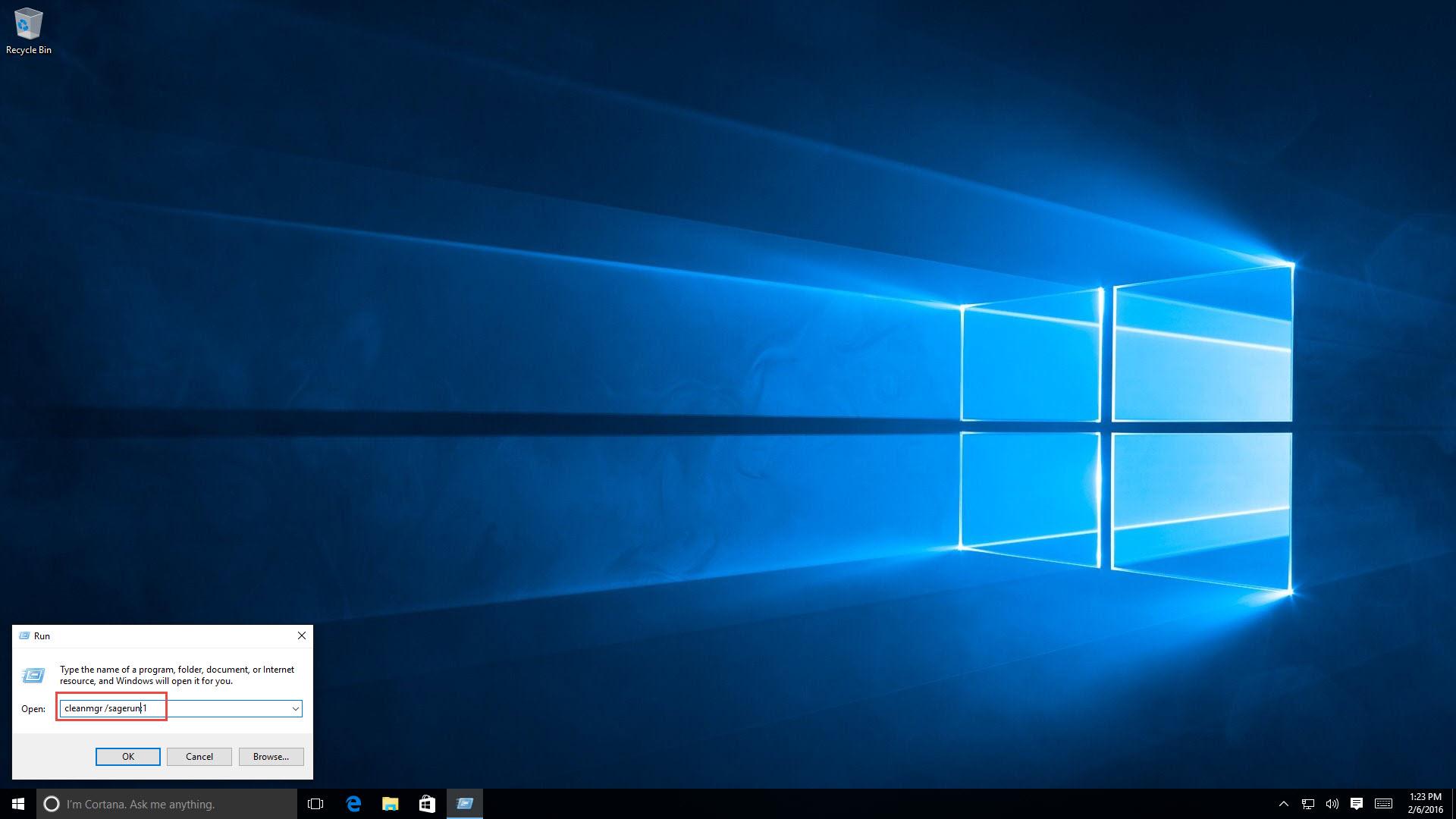
Cleanmgr.exe It's the native Windows application for freeing up space by deleting useless, temporary, or residual files on your hard drive. Its most common name is "Disk Cleanup," and although you can easily run it from the graphical interface, its greatest potential is revealed using command line options and switchesThanks to them you can from Clear system caches, old update files, recycle bins to customize and automate cleaning without manual intervention.
Why should you use it regularly? Because temporary files, update remnants, browser content, error logs, etc. are generated every day. memory dumps and other elements that, with There, they saturate the disk and cause slowdowns or errors. Cleanmgr lets you safely choose what to clean and reclaim gigabytes of storage without the risk of deleting important personal files.
Advantages and operation of the tool
The cleanmgr utility stands out for its ease of use and its power if you know how to take advantage of its advanced commands. You can run it by simply typing “cleanmgr” in the Run menu (Win+R) or from the symbol of the system, but the most interesting thing is to personalize the cleaning thanks to the user parameters and settings.
The main advantages of cleanmgr are:
- Gratuity: It comes integrated into Windows, you don't need to install anything.
- Security: Only deletes temporary files, caches, trash and system remnants.
- Automation: You can schedule regular cleanings.
- Personalization.: allows you to choose exactly what you want to delete.
- Compatibility: Works on virtually all recent versions of Windows, including servers.
It's especially useful if you want to optimize your PC before updating Windows, quickly free up space, or prevent problems related to C drive saturation.
Main cleanmgr commands and modifiers
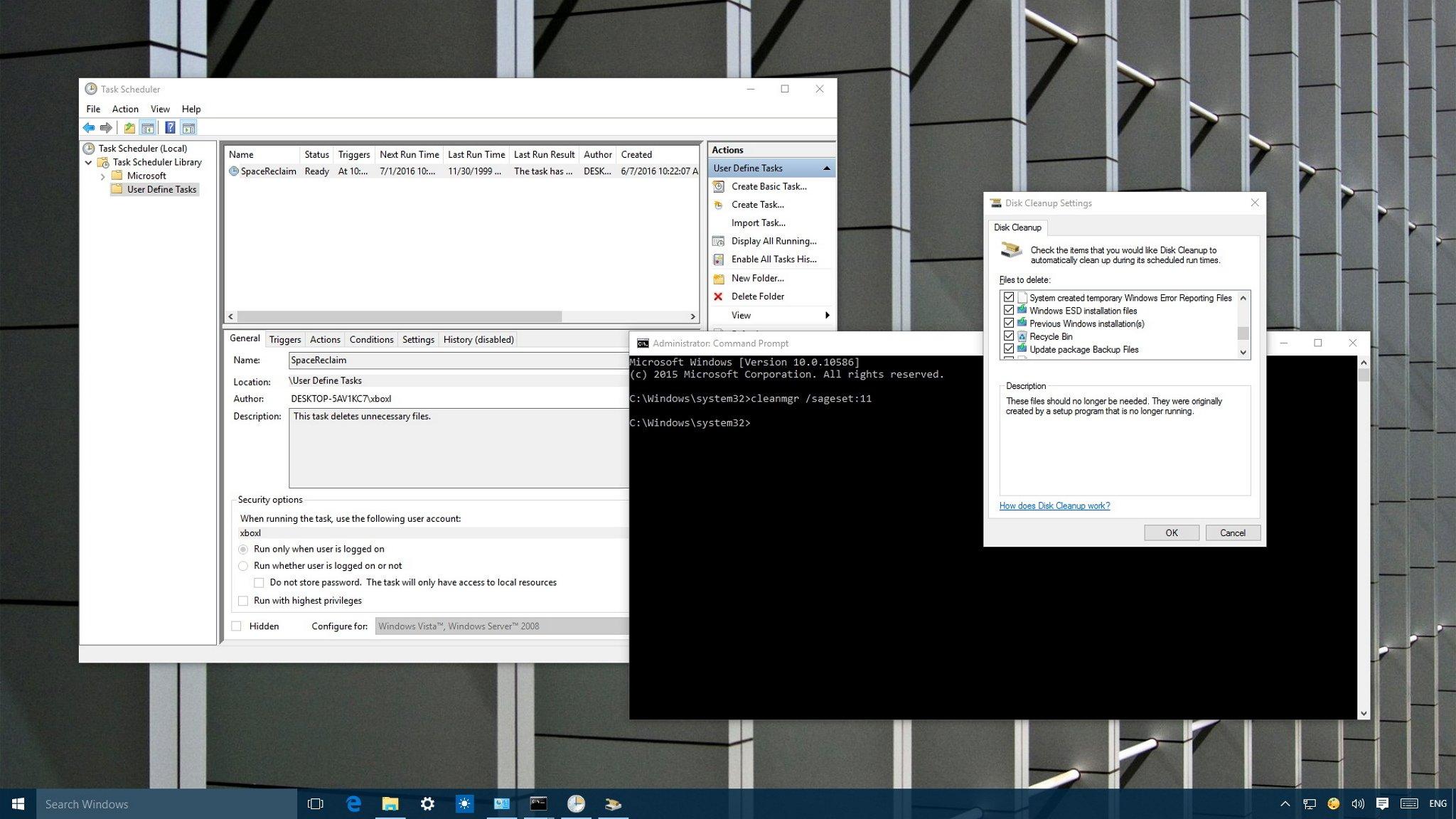
While cleanmgr can be used from the graphical interface, the real potential lies in its command line options. These allow you to launch the cleanup in custom modes, select the drive, choose what to erase, and automate the process, which is essential for advanced users, administrators, or those looking to clean up without wasting time navigating through menus.
General syntax of the cleanmgr command:
cleanmgr /?Below is an explanation of the most relevant modifiers:
- /d: Explicitly indicate which partition you want to perform the wipe. Example:
cleanmgr /d C: - /sageset:n: Opens a dialog box to select file types to delete and saves that setting with a numeric value (n) which can range from 0 to 9999. Example:
cleanmgr /sageset:1 - /sagerun:n: Runs cleaning automatically using the settings previously saved in sageset:nIdeal for recurring or scheduled tasks. Example:
cleanmgr /sagerun:1 - /tuneup:n: Runs at the same time
/sageset:ny/sagerun:nfor the same value, allowing configuration and execution in one step. - /lowdisk: Runs cleanup with a basic default setting focused on quickly freeing up space when the disk is almost full.
- /verylowdisk: Same as /lowdisk, but without displaying confirmation dialogs, it automatically deletes everything.
- /autoclean: Automatically removes residual files after a Windows update.
- /?: Displays help and all available options at the command prompt itself.
The real trick is combining these parameters to create personalized routines tailored to your needs.
Types of files you can clean with cleanmgr
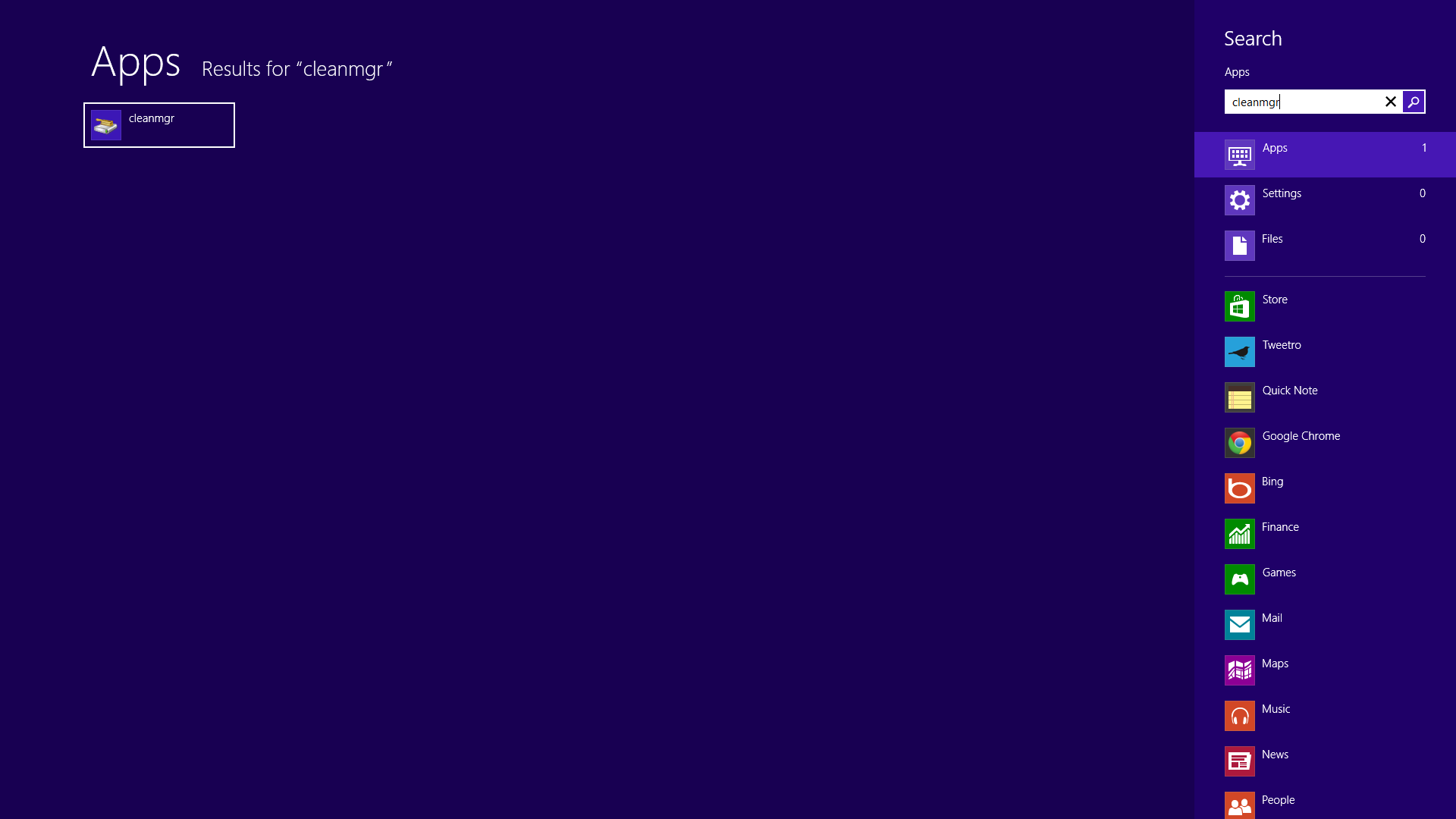
Cleanmgr's cleaning is safe because it only works on files that Windows considers unnecessary. You can decide which of the following items you want to remove:
- Temporary installation files: Remains of installed or updated programs.
- Files downloaded from programs: Includes ActiveX controls, Java, and other components installed from the web.
- Temporary Internet files: Cache of web pages stored on your disk.
- Recycle Bin: Everything you ended up deleting but haven't emptied yet.
- Content Indexer Catalog Files: Residual files from searches and indexing.
- Files created by chkdsk: Fragments rescued during disk checks.
- Temporary files: Temporary program data in the Temp folder.
- Temporary and non-temporary offline files: : Cache network files for offline access.
- Old files to compress: Windows can compress old, unused files to save space, without deleting them.
Depending on your version of Windows and your settings, cleanmgr can also empty folders like WinSxS, clean up memory dumps, delete old update files, and more.
Practical examples of use and automation
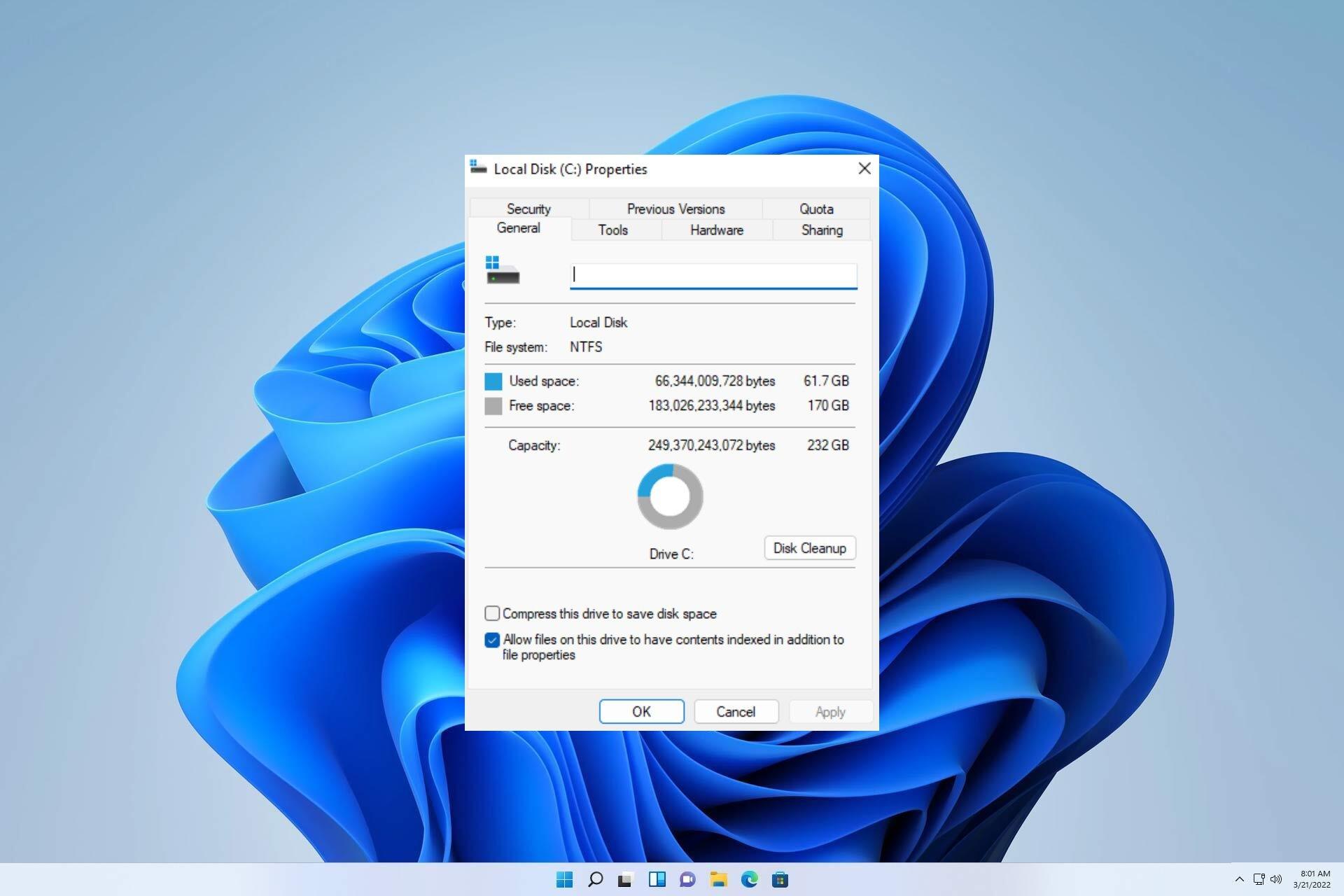
To get the most out of cleanmgr, here are some tips: common situations and recommended commands:
- Run Space Cleanup manually in a standard way:
cleanmgror from the Start menu by searching for “Disk Cleanup.” - Open advanced settings to define exactly what to clear and save the settings:
cleanmgr /sageset:1
This launches the advanced dialog where you choose file types. - Automatically clean up disk by applying custom settings without interaction:
cleanmgr /sagerun:1 - Clean without showing dialogs, removing as much as possible with default parameters:
cleanmgr /verylowdisk - Clean a specific drive:
cleanmgr /d D:
If you want to schedule a periodic cleaning (for example, monthly), you just need to create a scheduled task in Windows that runs one of these commands.
Advanced options and customization on servers
In Windows Server 2012 and later, Space Cleanup is disabled by default, but you can easily enable it by copying two key files from the WinSxS folder to System32.
If you are a system administrator and your server does not display cleanmgr, do the following:
- Copy
cleanmgr.exefrom the corresponding subfolder ofC:\Windows\WinSxS\aC:\Windows\System32\ - Copy the language resource file
cleanmgr.exe.muiaC:\Windows\System32\es-ES\
Alternatively, you can install it using the "Desktop Experience" feature from the Roles and Features Manager, which will require a restart. Once enabled, you can use cleanmgr normally to free up space on the C drive or any other server partition by removing residual files, caches, and unnecessary data.
Additional tips and maintenance in Windows
In addition to cleanmgr, Windows allows you to free up space by using:
- Manually deleting files in
%temp%yC:\Windows\Temp - Cleaning the folder WinSxS using tools like DISM:
DISM /Online /Cleanup-Image /StartComponentCleanup - Clearing browser cache Chrome, Edge, or Firefox from your privacy settings.
- Disabling hibernation with the command
powercfg -h offto delete the hiberfil.sys file. - Delete memory dumps after blue screens de
C:\Windows\MinidumpyC:\Windows\MEMORY.DMP.
Keeping your system clean is a constant task: check what programs you have installed, empty prefetch folders occasionally, and update both Windows and drivers to avoid unnecessary generation of residual files.
Personalization, scheduling, and recommendations
The real key to not saturating your equipment and forgetting about manual cleaning is in the programming and automation. Configure cleanmgr with your preferences using /sageset:n and schedule tasks that run it weekly or monthly using /sagerun:nThis way, the system will stay optimized without you having to worry every time a low-space alert pops up.
Some best practices after performing periodic cleanups with cleanmgr include:
- Check the remaining space from time to time to prevent future problems.
- Avoid using non-Windows optimization programs unless they are trusted, so as not to risk deleting critical data.
- Do not clean the WinSxS folder yet if you plan to uninstall future Windows updates (since system backups are stored there).
- If you're using Windows Server, try using the native Disk Cleanup tool first rather than third-party solutions.
And remember: cleanmgr only deletes files that Windows considers unnecessary, but you decide which items you want to delete on each occasion or automatic setting.
Mastering the use of cleanmgr in Windows gives you total control over your disk space without relying on external tools or taking unnecessary risks. Take advantage of its advanced commands, schedule regular cleanups, and complement it with good digital maintenance practices. This way, your equipment will run smoothly and last longer, whether it's a personal computer or if you manage servers in a professional environment.
Passionate writer about the world of bytes and technology in general. I love sharing my knowledge through writing, and that's what I'll do on this blog, show you all the most interesting things about gadgets, software, hardware, tech trends, and more. My goal is to help you navigate the digital world in a simple and entertaining way.
